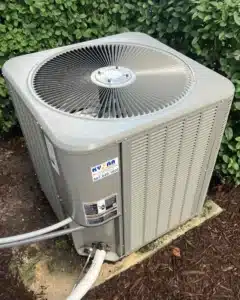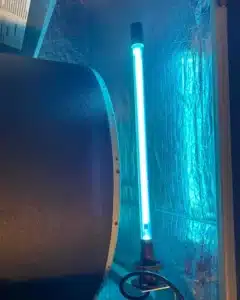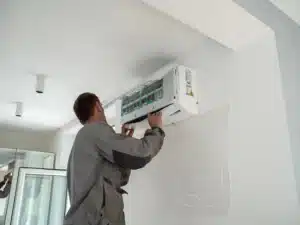Do Central Air Conditioners Recirculate Air or Bring in Fresh Air?
Many homeowners assume that central air conditioners pull fresh air...
In the realm of air conditioning solutions, ductless systems have gained popularity for their efficiency and flexibility. In this blog post, we’ll cut through the technicalities and provide a straightforward guide to understanding what ductless air conditioning systems are and how they can be a practical choice for Floridians seeking efficient cooling solutions.
Traditional central air conditioning systems rely on ductwork to distribute conditioned air throughout a home. Ductless systems, on the other hand, operate without the need for ducts. Instead, they consist of two main components:
Indoor Units
Compact and wall-mounted, these units are installed in individual rooms or zones within a home. They can be easily controlled to maintain specific temperatures in different areas.
Outdoor Unit
Located outside the home, this unit contains the compressor and condenser. It connects to the indoor units via a small conduit, which houses the refrigerant tubing, power cables, and a condensate drain.
Energy Efficiency
Ductless systems allow for targeted cooling, preventing energy wastage in unused rooms. This efficiency can lead to energy savings and reduced utility bills.
Flexibility in Installation
The absence of ductwork offers flexibility in installation. Ductless systems are ideal for homes without existing ducts, historic homes where duct installation is challenging, or for room additions.
Zoning Control
Ductless systems provide individualized control for each indoor unit, allowing residents to set different temperatures in different areas. This feature is especially beneficial in larger homes with varying cooling needs.
Improved Indoor Air Quality
Without the need for ducts, there’s less opportunity for dust and allergens to accumulate. Additionally, many ductless models come with advanced filtration systems, contributing to better indoor air quality.
Installation Process
The installation of ductless systems is relatively straightforward compared to traditional central air systems. A small hole is drilled in the wall to connect the indoor and outdoor units, requiring minimal disruption to the home.
Humidity Control
Ductless systems often come equipped with dehumidification features, crucial for combating Florida’s high humidity levels.
Energy Efficiency Ratings
Look for systems with high SEER (Seasonal Energy Efficiency Ratio) ratings to ensure optimal energy performance, especially during Florida’s hot and humid months.
Ductless air conditioning systems provide a practical and efficient cooling solution for Florida residents. Whether you’re looking to retrofit an older home or seeking energy-efficient zoning control, understanding the advantages of ductless systems can help you make informed decisions for your home comfort. Stay cool, Florida!

Many homeowners assume that central air conditioners pull fresh air...

Preventive AC maintenance plays a major role in keeping cooling...

Choosing the right air conditioning system for your home is...

Indoor air quality is a critical factor in maintaining a...

Maintaining clean and healthy indoor air is increasingly important, especially...

Maintaining the right level of humidity in your home can...